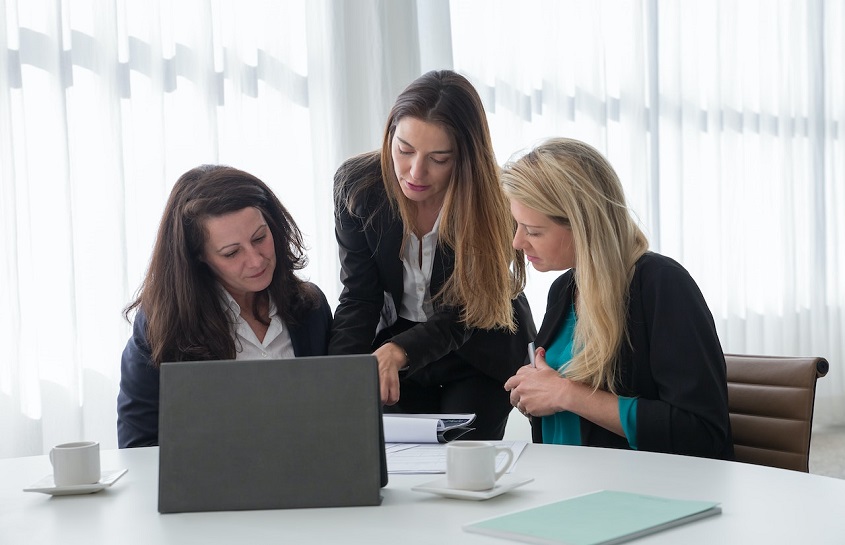Training tables are designed to be used in training formats that often require notetaking, worksheets, online activities, and quizzes. Some also work well as dual-purpose meeting tables.
Before choosing a table style, measure your classroom space to ensure the tables fit comfortably. Also, consider how the tables will be stored. Most classes can collapse and fold up to save on storage space.
Stability
Sturdy training tables are a must-have for athletic training rooms. They provide a stable surface for athletes to take notes, complete exercises or activities, conduct research, and more. You can find a variety of training tables in various sizes to fit the layout of your room and meet the needs of the people using them.
Some training tables have a flip top that easily stows in a closet, taking up minimal space when unused. Other tables are on casters and can be easily moved from one location to another. This flexibility is important in a dynamic training environment where the furniture may need to change frequently.
When choosing the right tables for your training space, ensure they adhere to the rules of the third normal form. This means that every non-key column is independent of the primary key, and any changes to a non-key column don’t affect other records in the table. For example, you shouldn’t have a field called Discount depending on the suggested retail price (SRP). Because doing so violates the third normal form rule.
Comfort
Regarding training rooms, you want the furniture to reflect how your employees/trainees will interact with one another and the instructor. This includes the seating. Choosing comfortable and adjustable seats can help reduce fatigue from sitting for long periods, especially during lengthy meetings.
Rectangular training tables are best when sitting in large groups in rows. They provide a clear line of sight toward the front of the room and are often designed to accommodate a variety of multimedia presentations. They also work well in rooms that operate multipurpose, providing hybrid solutions for meeting tables and training spaces.
Flip-top training tables have a tabletop that flips up, allowing multiple tables to nest together. They typically have casters and are easy to move in and out of storage. You can even find training tables with adjustable heights so that users may stand while working, helping to fend off negative side effects associated with prolonged sitting. They also allow for collaborative working that can be a key component of your company’s training initiatives.
Durability
Training tables need to be durable and easy to clean. They must be able to withstand repeated use by multiple students in a classroom setting, so they must be made of high-quality materials that are also easy to sanitize. In addition, they should be able to adjust to different heights depending on the needs of each athlete.
Another factor to consider when choosing training tables is your classroom or meeting space layout. Many training table styles can be grouped and configured to fit various room configurations, making them ideal for use in large community spaces or training rooms. They can also be paired with conference chairs for increased seating capacity and versatility.
The classroom style is a common layout for training tables and chairs, allowing students to sit in rows facing the instructor. This type of setup is perfect for training sessions that need to accommodate a large group for lecture-based learning. It is also suitable for multimedia training, allowing students to easily see the presentation material and speaker.
When setting up your dynamic training environment, consider incorporating table top display boards 260 alongside sturdy training tables. These boards can enhance presentations, showcase important information, and foster interactive learning experiences for athletes and trainees alike.
Ease of Assembly
Training tables allow employees to take notes, complete activities, and do research or online tasks during training sessions. They also allow employees to interact with each other in collaborative learning environments. Training table models come in both rectangular and circular shapes to suit the needs of any training room layout.
The DFMA indexes used to evaluate the performance of a system can be time-based or feature-based. Time-based indices use tables that convert assembly-related time parameters into scores, while feature-based indices utilize knowledge formalization techniques to create tables. Both types of indices have advantages and disadvantages.
If you’re looking for training tables to support your company’s seminar and other meeting room needs, consider a model with built-in modesty panels and power capabilities. Many of these tables offer convenient flip-top designs that make it easy to fold up and maneuver on oversized casters when not in use. Some tables even feature a built-in cable trough to accommodate wires and cables. This helps keep them clean and organized. They’re also available in various contemporary styles to complement any office decor.
Storage
Training rooms often operate on a multiple-layout format and need to be versatile. That’s why choosing training tables with storage capabilities is important, so you can easily rearrange seating arrangements from one session to the next. Look for flip-top nesting tables, which feature a table top that flips up and allows the table to be nested together when not used. These tables also typically have casters, making them easy to roll from place to place.
Other storage options for training room tables include rolling lecterns that house audio-visual equipment like laptops and projectors and a space for a speaker to stand. These mobile solutions are especially useful in the multipurpose meeting room as a classroom, conference rooms, and training rooms.
Choosing the right training tables will help ensure your new hires have an enriching seminar experience that helps them learn their jobs quickly. Browse the wide selection of wood and melamine training tables to find the perfect option for your training space. Then customize your new training tables by selecting the top shape, size, and color.

